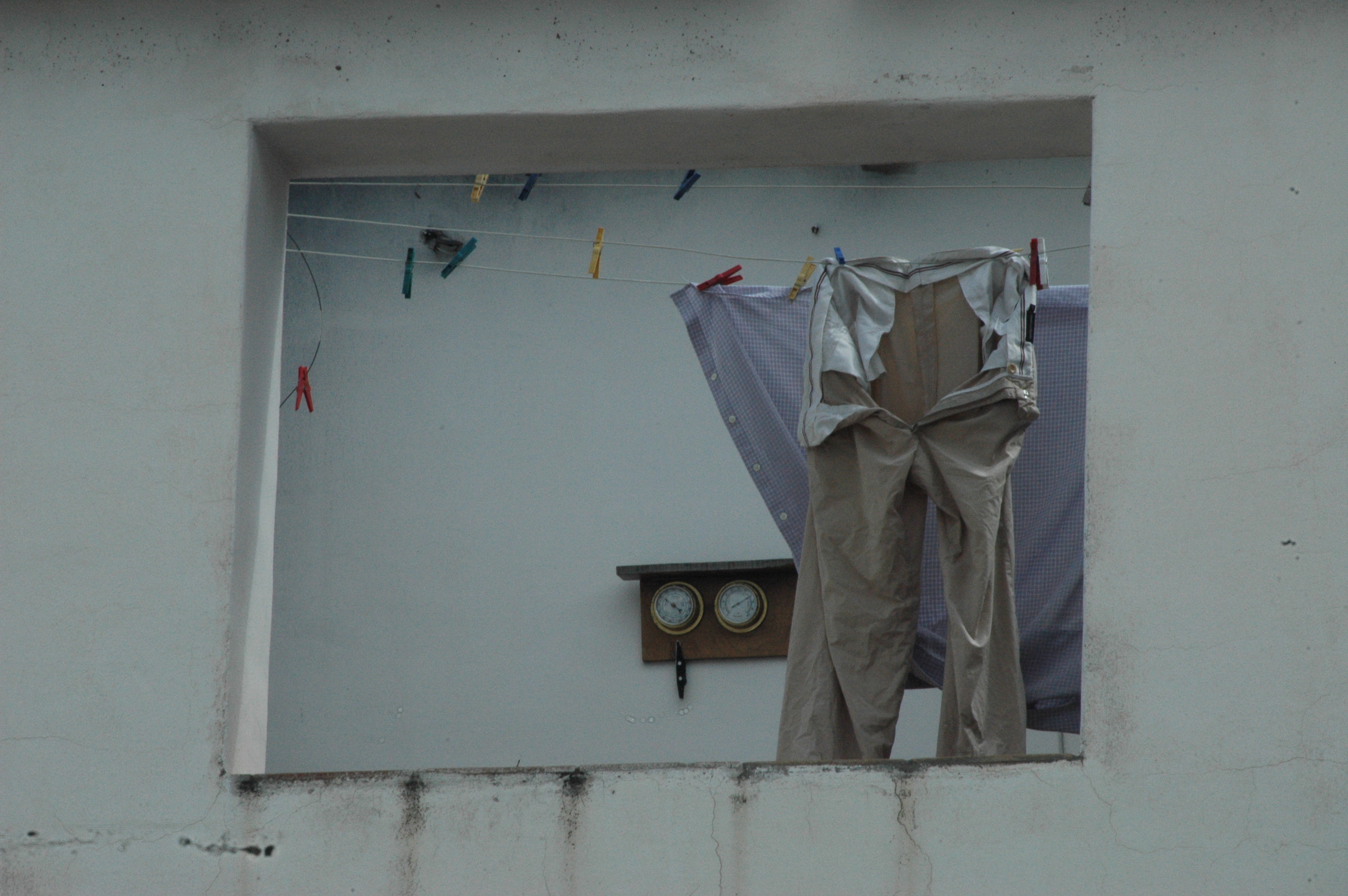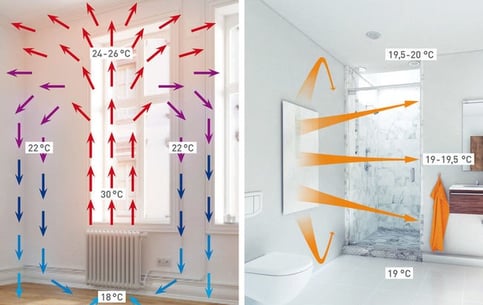
Sensor data inform cost-effective approaches to damp and mould problems. They may be as simply as changing occupants’ behaviour, or they may require renovations to...
Infrared panels heat surfaces directly, making them more efficient at preventing condensation than convection systems that transfer heat energy through the air. However, electricity remains far more expensive than gas and there are no real-world performance and efficiency studies.
This article is the fourth in our series on damp and mould in the home. The others are:
Mouldy homes 1: how damp causes mould
Mouldy homes 3: knowledge gaps
Mouldy homes 4: how to dry out damp Britain
The above articles have discussed tried and tested approaches to dealing with damp and mould in the home. This article will discuss a more recent addition to the list of possible solutions: infrared panels. Panels may be plastered into walls but this article focuses on panels that can be retrofitted to walls and ceilings, which are likely to be the more affordable option in a renovation.
 |
| Schematic of heat energy flows by convection (left) and from a n infrared panel heater (right) (ETHERMA). |
Infrared panel heaters have received a considerable amount of attention recently, both as a solution for damp and mould and for improving heating efficiency more generally. They differ from other heating systems because instead of raising the air temperature, they transfer heat energy to surfaces directly, whether that surface is a wall or a human being. By contrast, a conventional gas-powered ‘wet’ central heating system heats a large volume of water to distribute heat to radiators which conduct heat energy into the air and then to surfaces.
Bypassing air and water intermediates makes the transfer of heat energy inherently more efficient, which helps to close the price gap inherent to electricity being around four to five times the cost of mains gas. Moreover, an infrared heater can be controlled by a thermopile sensor, maintaining the heat of a wall above the condensation threshold.
Nor are installation costs likely to be a barrier to using infrared. A recent article by EcoExperts estimates that replacing gas-powered central heating in a 4-bedroom house would cost £6,000 and pay for itself within a year.
However, infrared panels have their detractors. Richard Lowes of the Regulatory Assistance Project has argued that infrared is overhyped as an approach to heating. He argues that infrared panels may make a damp problem worse rather than better because of the ‘heat shadows’ cast by furniture, behind which a surface would not be heated. Conventional heating systems, which transfer heat energy to surfaces through the air, will do so in a far more uniform manner than an infrared system that can only heat a surface that it can heat directly. Moreover, a heat shadow is likely to be shielded from a thermopile sensor so the first sign of the problem could well be the appearance of mould.
Unfortunately, there have been very few field trials of infrared heating so it is not clear whether EcoExperts’ cost estimates are realistic and its effectiveness against condensation in a real home remains a matter of conjecture and debate. As so often happens with a new technology, much of the debate has become polarised between proponents who argue that it is an all-encompassing solution and detractors who argue that it is likely to be a damp squib.
Infrared may not be a one-for-one replacement for gas-powered central heating but there may still be value in installing an infrared panel in a bathroom and automating it to respond to thermopile and occupancy data. Bathrooms are only occupied intermittently but an unclothed person using the shower may appreciate a system that can warm them without their needing to wait for it to heat the whole volume of air first. Their shower may raise the relative humidity, in which case the thermopile control can keep the temperature of an outside wall high enough to prevent condensation until the relative humidity falls below the 80% threshold for damp.
An entirely different approach may work better in the living room, which is likely to have far more furniture creating heat shadows and to be occupied for longer time periods.
To ask whether infrared is a mass-market replacement for wet central heating is, in our view, to ask the wrong question. The right question is whether infrared panels have a place in the toolbox of solutions that can be considered when planning a data-driven renovation.
If you’d like to know more about how the atBOS platform can help address damp and mould problems, ask us on the form and we'll be happy to discuss it.

Sensor data inform cost-effective approaches to damp and mould problems. They may be as simply as changing occupants’ behaviour, or they may require renovations to...

Condensation is not only an annoying form of damp, but it can also actually harm your property. Rotting wood, mould, damaged plaster, peeling wallpaper and even health...